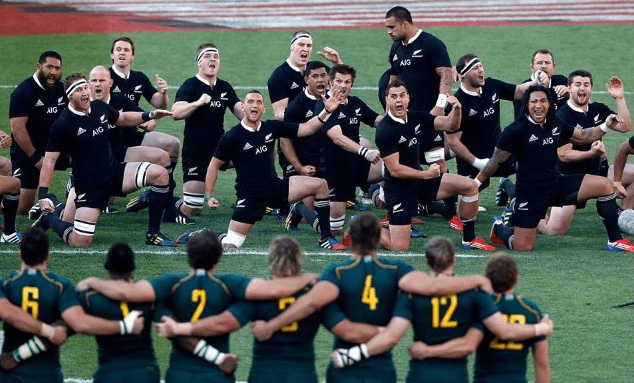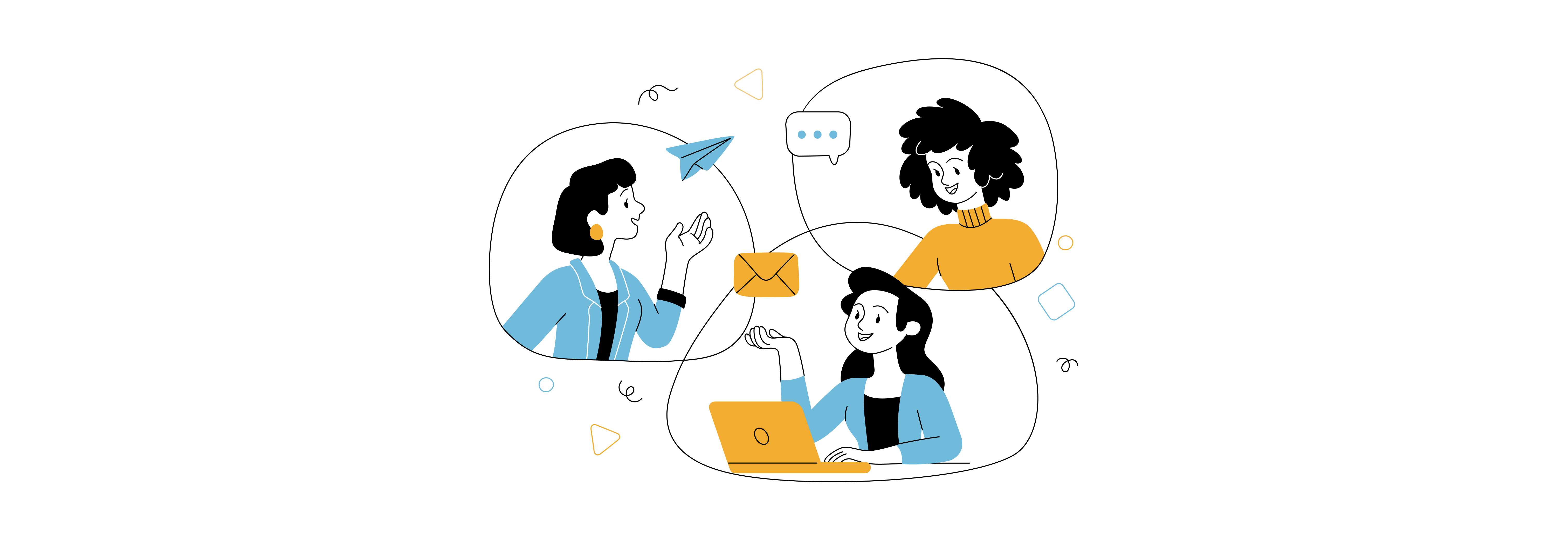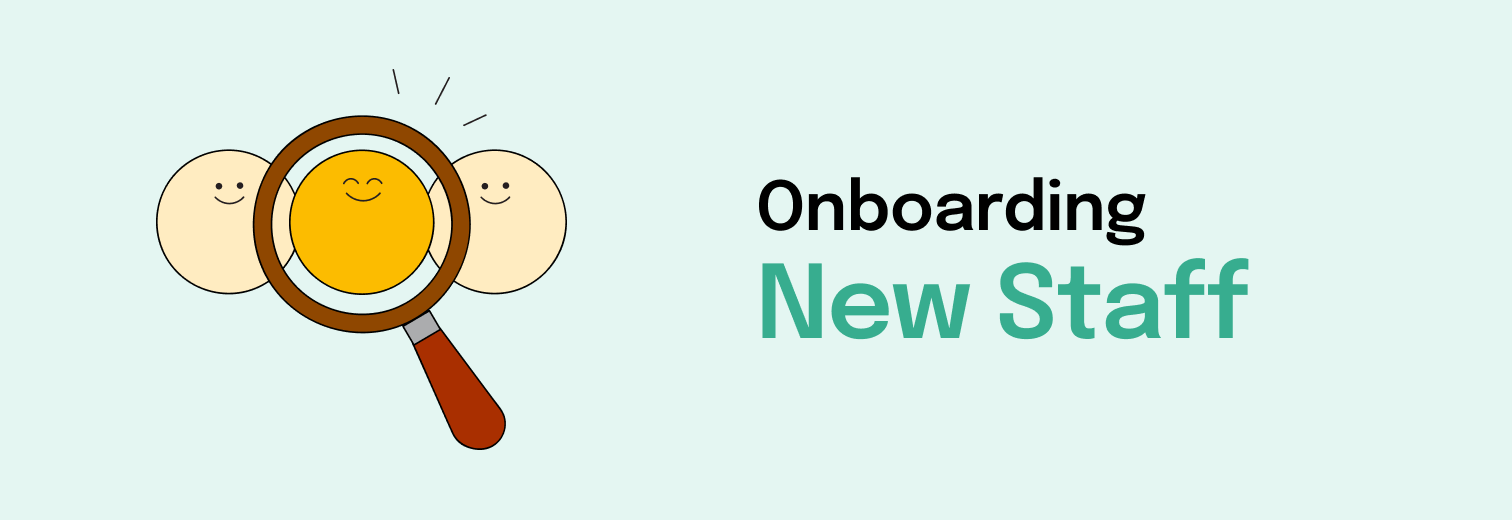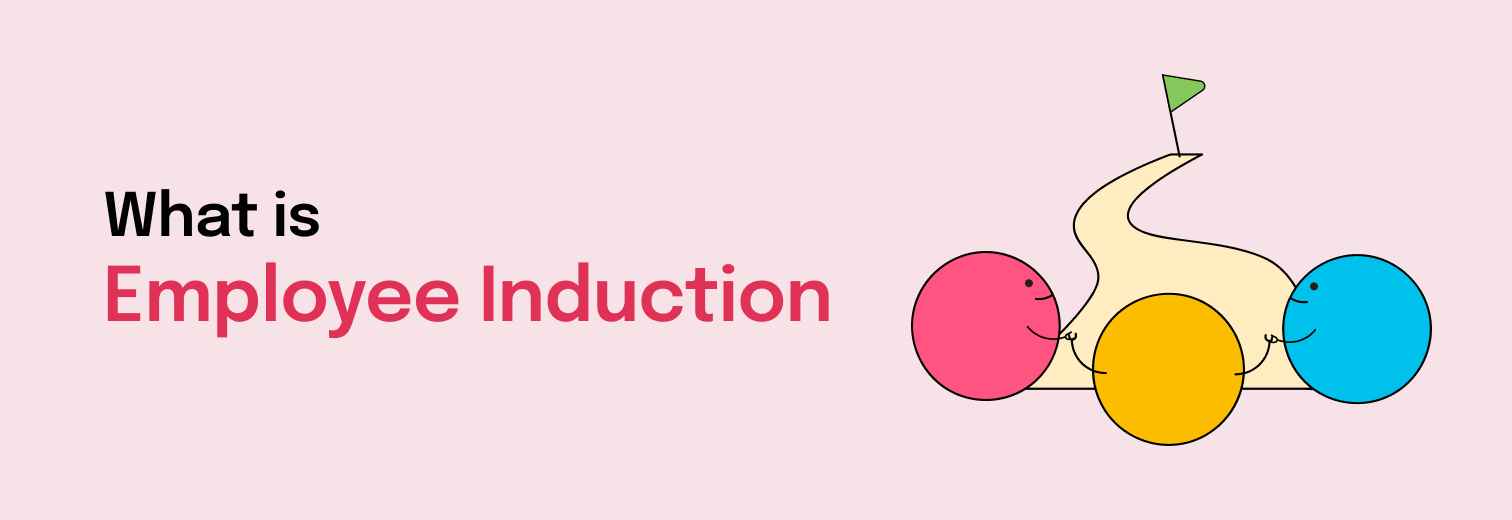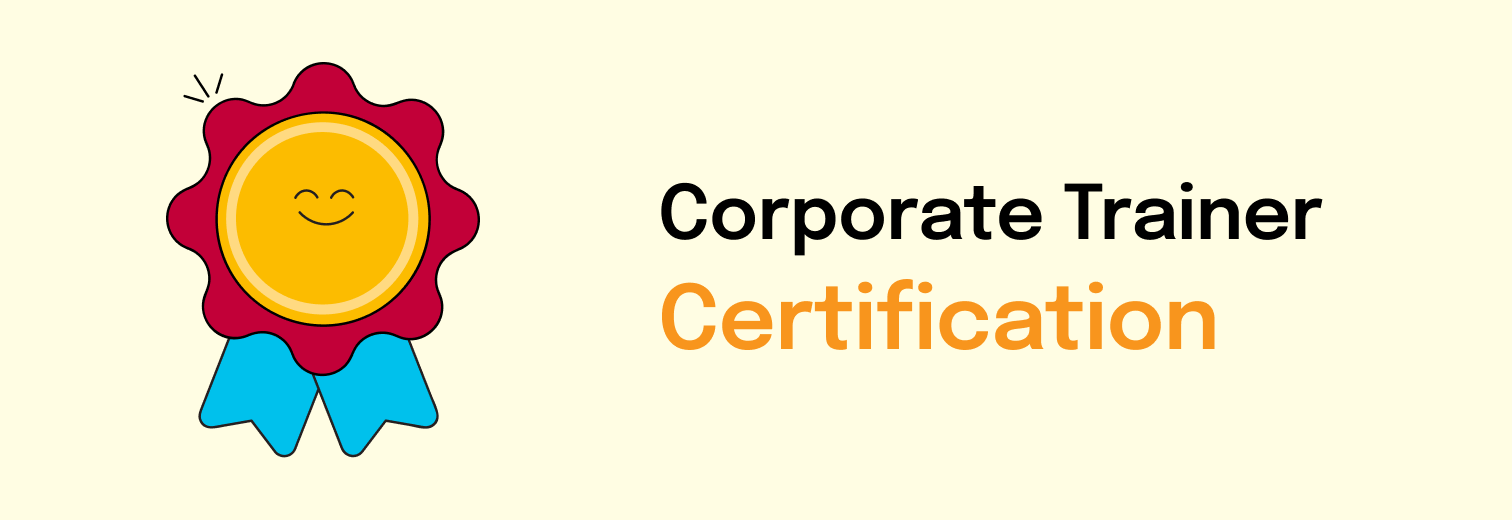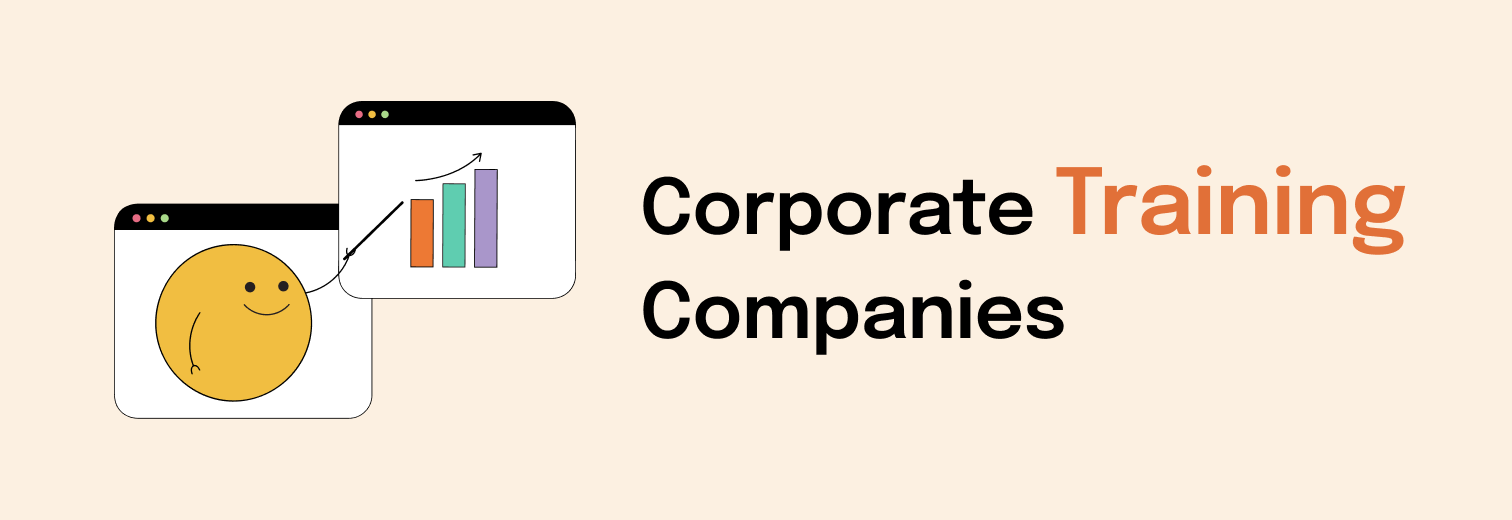“Who you are speaks so loudly I can’t hear what you’re saying. “ – Ralph Waldo Emerson
Actions do speak louder than words. Sometimes we can communicate things even with out the aid of a single word. We can shrug our shoulders and, without a word, we’ve just said, “I don’t know.” We can raise our eyebrows and we’ve just said, “Excuse me? Did I hear you right?” We can turn our hands over palms up in front of us to say, “I don’t know what else to say. That’s all I’ve got.”
In his book Silent messages, Albert Mehrabian concludes that 55% of communication actually takes place through body language. 38% is conveyed in the voice, it’s quality, use of tone and inflections. Only 7% is conveyed in the words we use. This is actually a scary statistic as most of time all our effort and time go into planning what we are going to say. Our body language can be a difference between success and failure, whether we realize it or not.
So, is what is true for individuals, also true for teams? Lets see a few examples:
One of the sports team known for intimidating and challenging their opponents just by their actions, even before the start of the play is New Zealand’s All blacks. Just before every International Rugby match, the team is seen performing a “Haka” dance – all the members of the team vigorously stomping, shifting their body direction, moving their arms with intimidating facial expressions. Have a look –
Does that really lower the confidence or morale of the other team; well history suggests it does:
On August 28, 2005: The All Blacks in a match against South Africa introduced a new form of Haka, called ‘Kapa o Pango’. It was refuted by many as being offensive as each player on the team did a throat-slitting action while staring at their South African opponents. The New Zealanders in their defense explained that throat-slitting action in haka tradition signifies the drawing of vital energy from heart and lungs. The All blacks went on to win that match.
In another example of “aggressive posturing” can be witnessed during the “Beating the Retreat” ceremony at Wagah border. It’s a flag lowering ceremony that takes place between India and Pakistan before dusk every day. The guards on either end are often seen with an angry eyeball-to-eyeball exchange, thumping of boots and displaying other aggressive actions that draw thousands of spectators and seen as a competitive show of bravado, as if challenging each other.
The unsaid message that is displayed from such aggressive gestures is negative so much that authorities on both ends have decided to use the toned –down gestures in the light of improved relations between two nations. That’s the power of body language.
The power of positive body language is often seen during the huddling up of teams in a lot of team sports. The team members usually stand in a tight circle, to strategize, motivate or celebrate. It’s a strong demonstration of a unity among team members. The leader of the group normally takes charge here and boosts the morale of the team.
The leader’s body language is paramount to ensure the success of the team, not just in sports but also in business, politics etc
One leader whose body language is a benchmark of excellence, and one to aspire to is Barack Obama. President Obama always maintains the posture of a leader. For his speeches he strides to the podium with the confident and upright bearing of someone in command.
Most of the times, Obama is pictured standing with a straight back, hands by his sides, open palms, neck straight and a firm overall posture. Even while sitting he maintains a straight back, broad shoulders and most importantly, seldom stoops. A person’s body language speaks volumes of his personality and confidence. Obama seems to carry almost the picture perfect body language, which makes for a solid pictorial impression.
How does it help – well the positive body language of a leader puts the faith and confidence in the people that they are in safe hands.
Now, think of any champion, irrespective of the sport, and you can bet they had the body language of a winner.
Take the body language of a cricketing Legend, Vivian Richard – When he walked out with unashamed swagger you got the feeling he could turn the match around by himself. He knew he could do it, and very often, he did.
Body language of every single member of the team is very important. A single person with negative actions can destroy the morale of the team. On the other hand positive body language of all team members plays huge role in the success of the teams.
What do top teams do when they are not doing so well in a game? We have so often seen them displaying the same body language consistently irrespective of their situation in the match:
- They keep their heads up
- They encourage others
- Clap, cheer or congratulate teammates
- Huddle
- Maintain Eye contact
In any team sports, body language on a sports field is a tremendous indicator of how a team is going to play. Act like a beaten team and you would be beaten. Act like a winning team, and you will have a very good chance.
A positive body language is a very vast, but interesting subject. Its plays a vital role in team building and establishing mutual understanding.
Do Share if you have seen any examples of positive language in your field of work or outside.
